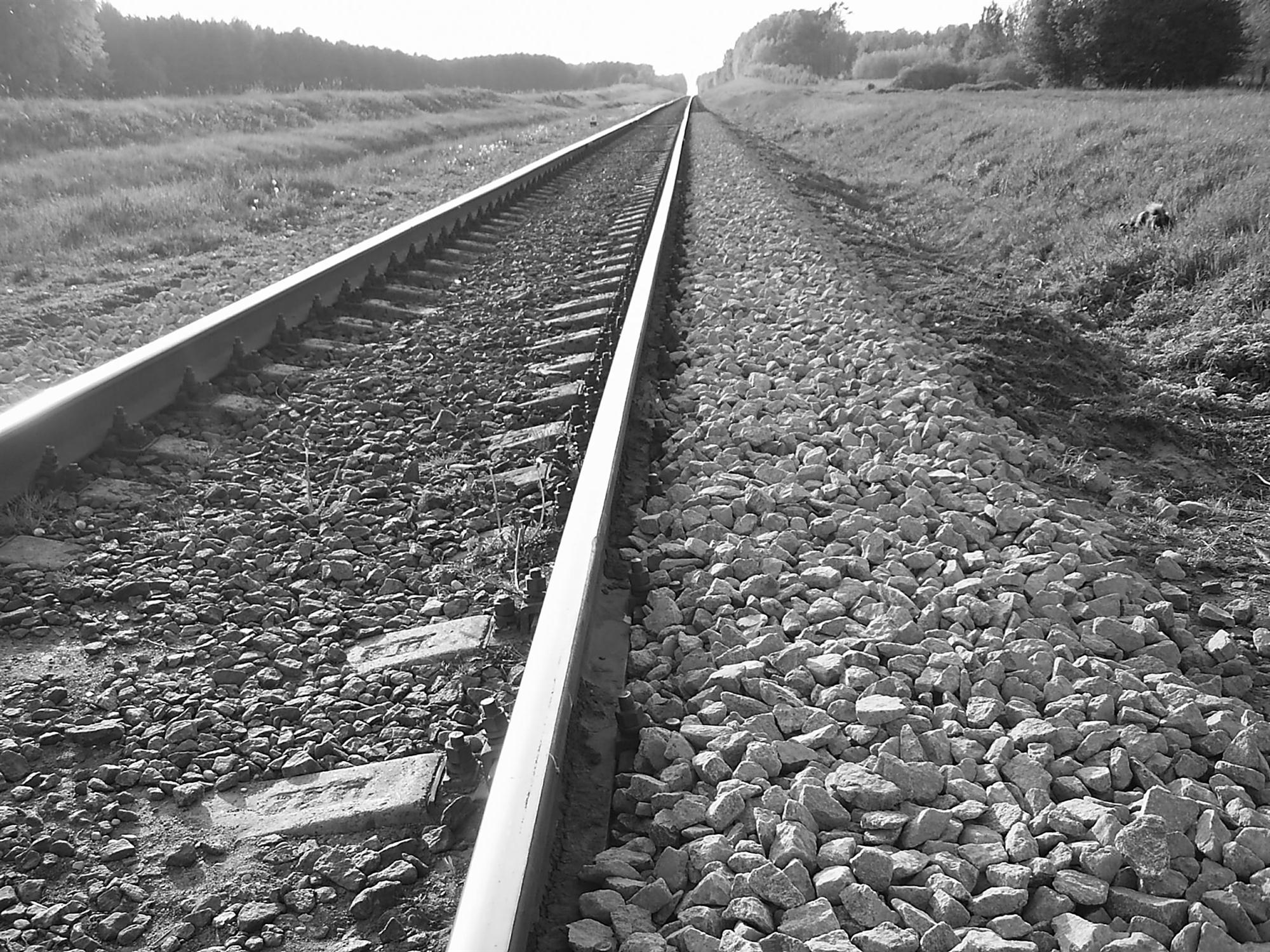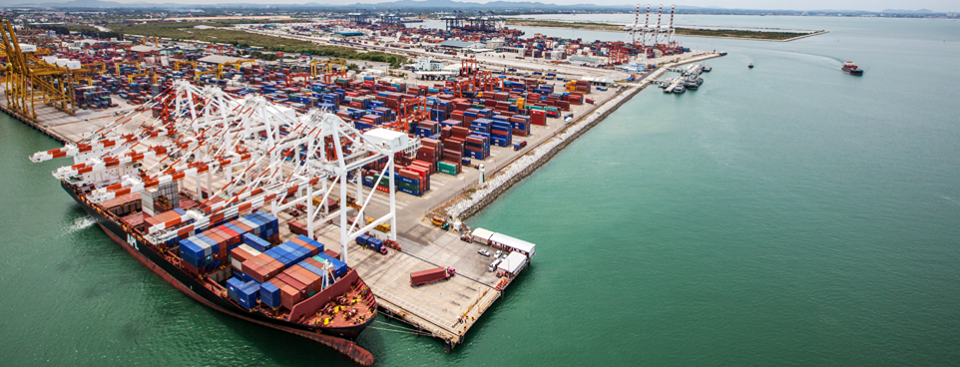Thailand is risking long-term economic decline as its infrastructure investment lags behind that of its competitors, sources have told Asia Cargo News.
The basic issue as outlined by the World Economic Forum in its 2015-2016 Global Competitiveness Report is that Thailand is not spending as much as it needs to – or as it used to – to give it the edge in terms of infrastructure. The WEF rates Thailand’s infrastructure, as it is now, 44th.in the world and with 4.6 points on a scale of one to seven, a score which is good but which leaves substantial room for improvement.
More revealing is what has happened in the past decade. Ten years ago, when the coup d’état which triggered a bumpy and bruising period in Thailand’s politics started, Thailand was a clear leader in terms of infrastructure, according to indicators from the World Economic Forum. Thailand led upper-middle income countries, the ASEAN bloc and its structural peers of Bulgaria, China, Colombia, Malaysia and Mexico on six clear infrastructure indices, among them the quality of its roads, ports, power supply and air transport. It was also rated 29th in the world – 17 spots higher than where it is now – in terms of infrastructure.

Breathing down Thailand’s neck today are its structural peers, and just behind them the upper-middle income countries. ASEAN has already matched Thailand in the quality of its roads. A large competitive advantage has been lessened, and many fear it will remain that way.
“Implications are that when investors look at countries for greenfield investments, they do not see Thailand as a clear leader in logistics infrastructure as the country used to be. Peers have caught up,” a World Bank representative told Asia Cargo News. “So, there is need to invest in strategic infrastructure that would alleviate bottlenecks – like highways from Bangkok to the north and northeast and dual tracking of rail to improve reduce travel times.”
There is also substantial private sector support for this view. The Joint Foreign Chambers of Commerce says that while some work does get done despite Thailand’s ongoing political impasse, things as important as planning and strategy often don’t, which causes problems down the line.
“We haven’t seen real significant improvement to infrastructure in the last 10 years,” Stanley Kang, chairman of the Joint Foreign Chambers of Commerce, told Asia Cargo News.
Kang said that Thailand’s plans for improvements to its railways seem unsure about priorities and partners. Similarly, the need to expand Suvarnabhumi airport is not being pushed forward as it needs to be.
Another area where the lack of a comprehensive plan is noticed is in port infrastructure.
Not only are terminal projects at Pak Bara and Songkhla in southern Thailand both best described as on-again-off-again, but Kang notes that stakeholders at the gateway port of Laem Chabang are still awaiting at a plan to implement better information and communications technology use, which would make that facility more efficient.

The government’s response to infrastructure needs is the Thailand Transport Infrastructure Development Plan 2015-2022, which comes with a cost of US$51.3 billion and consists of five key programmes aimed at reducing the costs of logistics in order to boost business.
For rail, this is an inter-city rail network of six main routes with extensions to the borders and capacity enhancement of the highway network to link key areas within Thailand and then with neighbouring countries. Scattered liberally across this system will be a mix of border SEZs and cluster SEZs.
Ten targeted areas for SEZs are located along Thailand’s economic corridors and will be complementary with SEZs in neighbouring countries, says Porametee Vimolsir, secretary-general of Thailand’s influential National Economic and Social Development Board.
Despite all the money, time and effort slated for the plan, it may not be enough – and it might be missing key things.
“The plan is adequate. We would like to see implementation of, specifically, the dual tracking of rail and highways – especially from Bangkok to the north and northeast because the current artery is overloaded and causes significant delays,” the World Bank representative said.
“We would also recommend the authorities also undertake water management schemes to manage the annual flood/drought effectively. This would entail a systematic view of water management and integration of the system,” he added.
The most recent precedents for this are, though, not good with the new MRT Purple Line in Bangkok failing to connect by a kilometre to the MRT system. Currently there is a shuttle bus connecting the old and new lines, but the failure has raised questions about how good government planning is.
“We could do a lot better,” said Pavida Pananond, an associate professor at Thammasat Business School said of Thailand’s infrastructure planning and implementation.
Projecting that forward some also suggests that a lot of the infrastructure Thailand is proposing might not be worth the expense if it fails to connect properly or is not compatible with that of neighbouring countries.
Physical infrastructure might not even be the most important issue, as Kang pointed out that with the era of big data upon us, Thailand needs to be moving towards it rather than clinging to the old bureaucratic ways. “They should be deregulating and be more service minded,” he said.
By Michael Mackey
Southeast Asia Correspondent | Bangkok